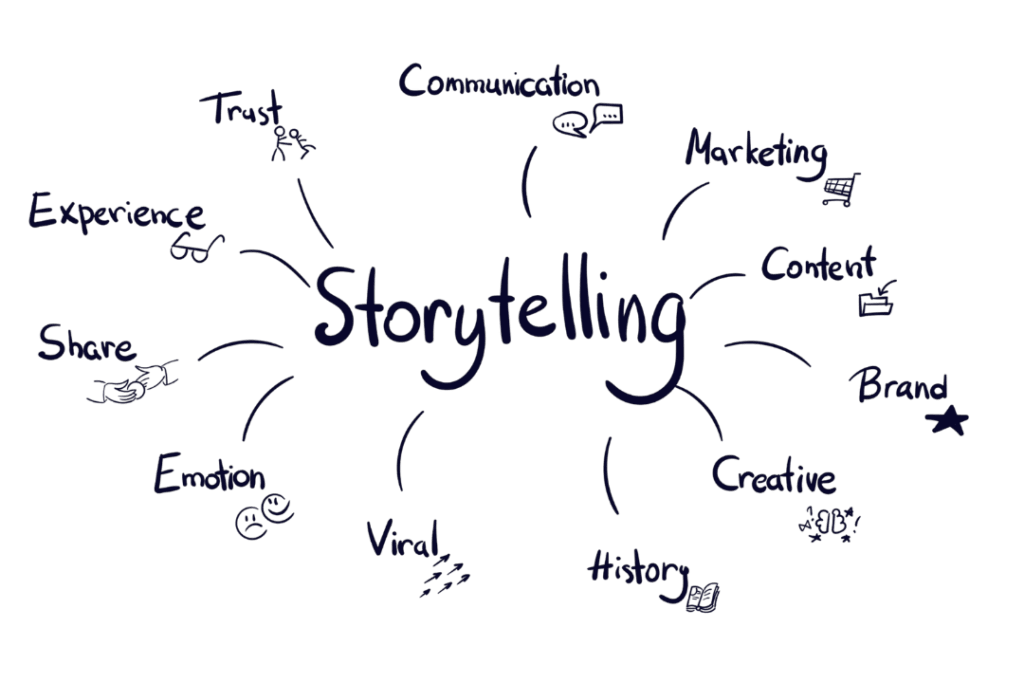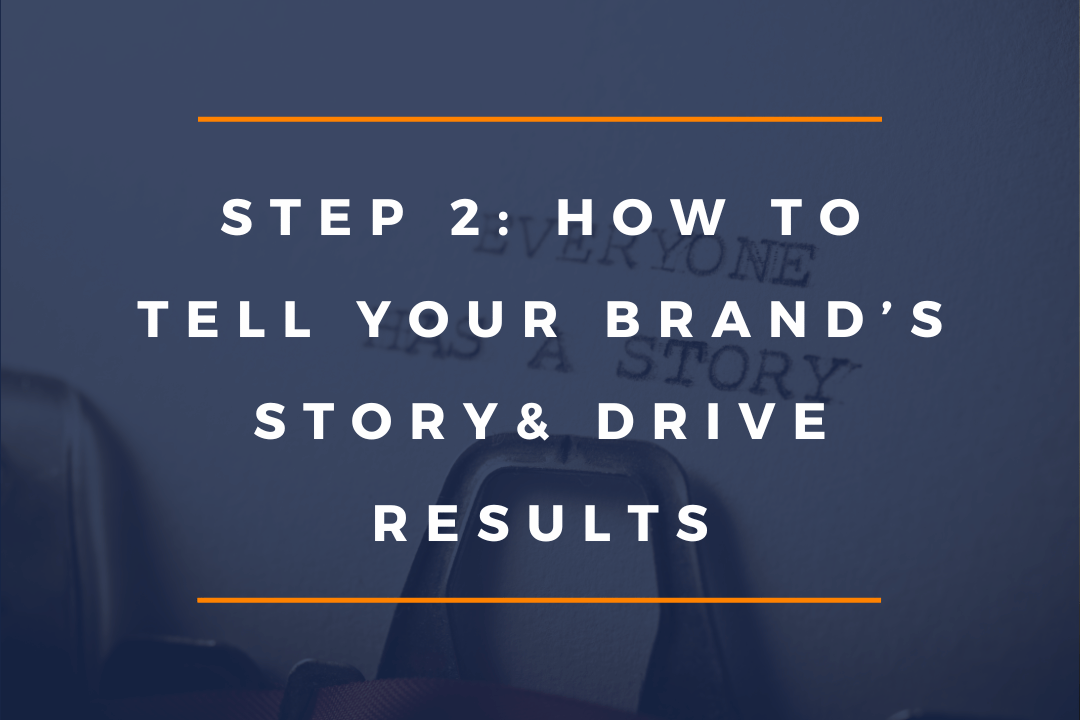Your brand’s story is the heart of your business. It’s not just about what you do, but why you do it and how you connect with your audience. Crafting a compelling narrative is the key to standing out in a competitive market and fostering genuine relationships with your customers. In this post, we’ll explore how to express your unique brand voice, engage your audience, and drive conversions through storytelling.
Why Storytelling Matters in Business
Stories have been a powerful communication tool since the dawn of time. They evoke emotions, build connections, and inspire action. For businesses, a strong narrative:
- Differentiates you from competitors.
- Helps customers understand your mission and values.
- Builds trust and fosters loyalty.
- Converts casual visitors into engaged customers.

Crafting Your Brand Story in 3 Steps
Here’s how to develop a story that resonates with your audience:
1. Define Your “Why”
Your “why” is the foundation of your brand story. Ask yourself:
- Why did you start your business?
- What problem are you solving?
- How does your business make a difference?
Articulate your purpose in a way that speaks directly to your audience’s needs and aspirations. For example, a home builder might say, “We started our company to help families create spaces where they can grow and thrive for generations.”
2. Speak Your Audience’s Language
Your brand voice should reflect your audience’s preferences and communication style. Are they professionals looking for expertise? Families seeking a personal touch? Keep your tone conversational and approachable, using language that feels familiar and trustworthy.
Tip: Avoid industry jargon unless your audience expects it. Instead, focus on clarity and simplicity. Trying to sound “smarter” isn’t always a smart move. Speak in a way your target audience understands.
3. Focus on Benefits, Not Features
While it’s important to highlight what you offer, customers are more interested in how your services benefit them. Instead of simply saying, “We offer a wide range of plumbing services,” you could say something like, “We treat every home like it’s our own, ensuring the job is done right the first time, no shortcuts.”
Examples of Effective Brand Stories
- Before-and-After Transformations: Share a case study that demonstrates how your services solved a problem and delivered tangible results.
- Customer Success Stories: Highlight testimonials that capture the emotional impact of your work.
- Behind-the-Scenes Insights: Showcase the passion and dedication that goes into every project.
Incorporating Storytelling Into Your Website
Your website is the perfect place to showcase your brand story. Use these strategies:
- Homepage Hero Section: Introduce your mission in one compelling sentence.
- About Page: Share your journey, values, and what makes your business unique.
- Service Pages: Explain how your offerings solve specific problems and improve lives.
- Testimonials: Let your customers tell your story for you.
Visual Components to Enhance Your Story
Engaging Imagery
- Use professional photos of your team, workspace, or happy customers.
- Include before-and-after images to demonstrate transformations.
Video Content
- Create a short video that shares your mission and showcases your services.
- Record testimonials from satisfied clients.
Infographics
- Highlight key benefits of your services.
- Showcase your process in a visually engaging format.
Call-to-Action Design
- Use bold, inviting buttons that guide visitors to take the next step, like scheduling a consultation or exploring your portfolio.
Ready to Tell Your Story?
Your brand story is a powerful tool for connecting with your audience and driving conversions. By sharing your mission, speaking your customers’ language, and focusing on the benefits of your services, you can turn visitors into loyal advocates.
Need help crafting your brand story? At Candor Web Solutions, we specialize in helping Tennessee businesses express their unique voice and message. Let’s create a narrative that drives results together!













0 Comments